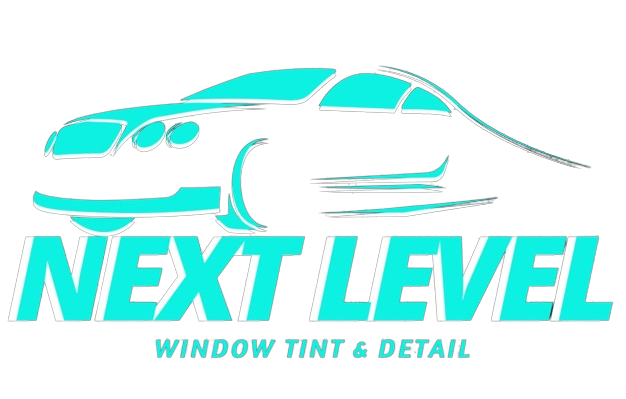Finding the right shade of window tint for your vehicle in North Charleston is about more than just aesthetics. It impacts visibility, heat reduction, UV protection, and legal compliance. If you pick the wrong shade, you could face fines or discomfort due to excessive darkness or inadequate protection.
To make your decision easier, this guide will walk you through everything you need to know, including legal requirements, different tint percentages, and how to select the best option based on your needs.
Key Takeaways
- Legal compliance is crucial – North Charleston follows South Carolina’s window tint laws.
- Tint percentage affects visibility and heat rejection – Darker tints provide more privacy but may limit visibility at night.
- Consider your driving habits – Night driving, climate, and personal preferences impact the right tint choice.
- Professional installation ensures durability – Poorly installed tints may bubble, fade, or get damaged over time.
Understanding Window Tint Percentages
Window tints are categorized by their Visible Light Transmission (VLT%), which indicates the percentage of light that can pass through the film. A lower VLT means a darker tint.
| Tint Percentage (VLT%) | Appearance | Common Uses |
| 50% | Light tint | Minimal heat & UV protection, clear visibility |
| 35% | Medium tint | Balanced heat rejection & visibility, legal for front windows in SC |
| 20% | Dark tint | High privacy, effective heat reduction, may be illegal for front windows |
| 5% | Limo tint | Maximum privacy, extreme heat reduction, only legal for certain vehicles (e.g., limousines) |
South Carolina Window Tint Laws
In North Charleston, vehicle tinting is regulated under South Carolina law. Here are the legal limits:
- Sedans:
- Front side windows: Must allow at least 27% VLT
- Back side windows: Any darkness permitted
- Rear window: Any darkness permitted
- SUVs and Vans:
- Front side windows: Minimum 27% VLT
- Back side and rear windows: Any darkness allowed
- Windshield:
- A non-reflective tint is allowed above the AS-1 line
Law enforcement officers use tint meters to check VLT levels, and non-compliance can result in fines or required tint removal.
How to Choose the Best Tint Shade for Your Needs
1. Consider Visibility and Safety
While darker tints offer privacy and glare reduction, they can reduce visibility, especially at night. If you frequently drive at night, a 35% tint might be a better option than 20% or 5%.
2. Think About Heat and UV Protection
North Charleston’s warm climate makes heat rejection a key factor. Ceramic and carbon films provide superior heat rejection even with lighter tints like 35% or 50%.
3. Prioritize Privacy Needs
If privacy is a major concern, 20% or lower is ideal for back windows. However, ensure compliance with state laws for front windows.
4. Choose the Right Tint Type
Different tint materials affect durability, heat rejection, and cost:
- Dyed Film: Budget-friendly, but fades over time
- Metallic Film: Good heat rejection but may interfere with GPS & radio signals
- Carbon Film: High durability with solid heat protection
- Ceramic Film: Best UV and heat rejection, non-reflective, and long-lasting
FAQs About Window Tint in North Charleston
Is 20% tint legal in South Carolina?
For front side windows, no. The minimum legal VLT is 27%. However, 20% is allowed for rear and back side windows on SUVs and vans.
Does window tint reduce heat inside my car?
Yes. High-quality tints, especially ceramic and carbon, significantly reduce heat by blocking infrared rays.
Can I install window tint myself?
DIY kits exist, but professional installation ensures proper adhesion, avoids bubbling, and ensures legal compliance.
How long does window tint last?
With professional installation, ceramic and carbon tints can last 10+ years with proper care.
Conclusion
Choosing the right shade of tint in North Charleston requires balancing legal compliance, visibility, heat rejection, and personal preference. Understanding the local laws and selecting the appropriate VLT percentage ensures a safer and more comfortable driving experience.
For best results, consider professional installation to guarantee durability and compliance. With the right choice, window tinting can enhance your car’s aesthetics while providing essential protection from the sun.

